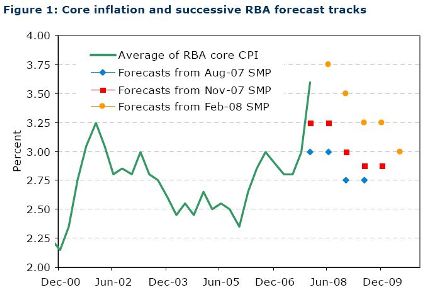Even with headline ‘inflation’ above comfort levels and recognizing the need to ‘manage inflation expectations’ under ‘expectations theory’ they all religiously believe, they seem to be sufficiently concerned about aggregate demand to make these kinds of dovish comments.
Conclusion: they’re understating the general weakness they’re sensing.
From Karim, my partner at Valance:
Karim writes:
Some important official comments from these 3 in last 24hrs:
Bank of Canada-Still dovish-Highlighting competitiveness issues due to stronger currency, under-representation in emerging markets, and commodity price gains acting as a brake on U.S. growth. No move in policy rate until Q4 at earliest and only to coincide with signal from Fed for higher rates. Excerpts from Carney speech yesterday:
- Since only 10 per cent of Canada’s exports go to emerging economies and our non-commodity export market share in the BRICS has been almost halved over the past decade, activity in Canada does not benefit to the same extent as in past commodity booms driven by U.S. growth. The current situation is more akin to a supply shock for our dominant trading partner, with higher commodity prices acting as a net brake on growth. With oil prices up 50 per cent since last summer, the effect is material.
- Investors looking to rebalance portfolios towards emerging markets could lead them to invest in proxies such as Australia and Canada.
Bank of England-Still dovish-Mervyn King shows no worry from inflation data today (higher than expected but virtually all due to airfares due to timing of late Easter-similar to Eur data) and new MPC Member Broadbent (replacing the uber-hawk Sentence) emphasizing downside risks to growth (higher savings rate, weak credit, Euro stresses). Base case is on hold through year-end.
- King: As set out in my previous letter, the current high level of inflation reflects three main influences: the increase in the standard rate of VAT in January to 20%, higher energy prices and increases in import prices. Although the impact on inflation of these factors is difficult to quantify with precision, it is likely that had they not occurred, inflation would have been substantially lower and probably below the target…..Unemployment is high and wage growth is weak at around 2% a year. Money and credit growth are both very low. It is therefore possible that, as the temporary influence of the factors currently pushing up on inflation wanes, these downward pressures on inflation could drag inflation below the target.
RBA Minutes-Hawkish-Even though 2-speed economy (strong exports/trade; weak consumer), inflation forecast heading higher. Rate hike likely at June or July meeting. The sentence below didn’t appear at the prior RBA meeting in April.
- …members judged that if economic conditions continued to evolve as expected, higher interest rates were likely to be required at some point if inflation was to remain consistent with the medium-term target.

